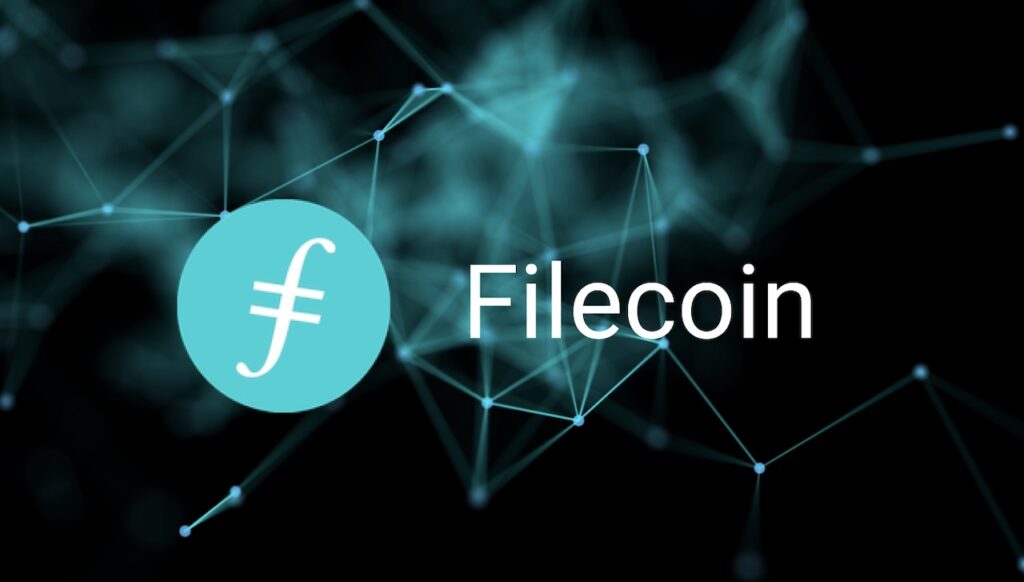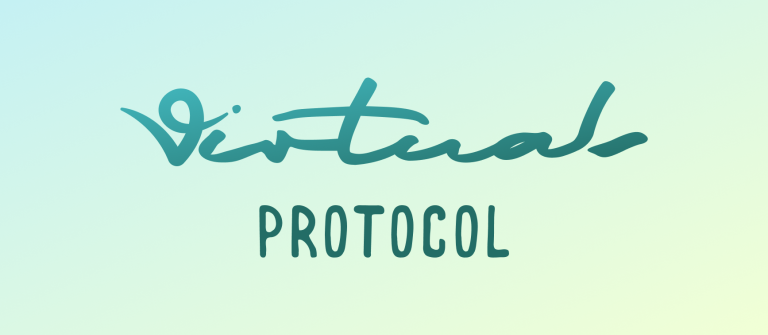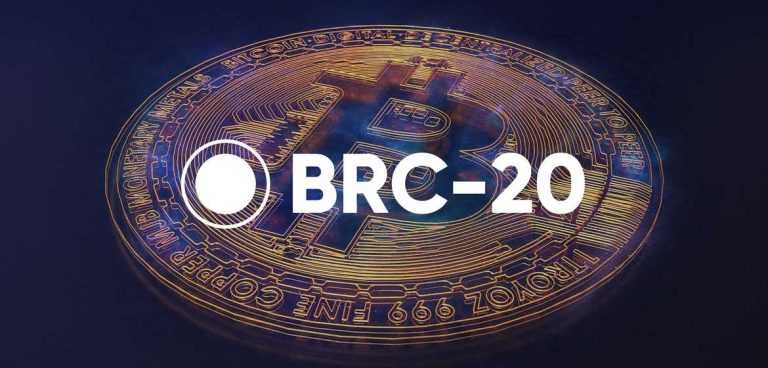Introduction
In the ever-evolving landscape of decentralized technologies, Filecoin has emerged as a groundbreaking solution for storing files securely and reliably. Founded by Juan Benet, the creator of the Interplanetary File System (IPFS), Filecoin operates as a peer-to-peer network with built-in economic incentives and cryptographic measures to ensure the integrity of stored files over time.
What is Filecoin?
Filecoin is essentially a decentralized storage network that incentivizes users to store and retrieve files in a peer-to-peer manner. In contrast to traditional centralized storage options, Filecoin operates through a network of storage providers. Users pay these providers to store their files, creating an open platform for anyone wanting to store data or earn payment for storing others’ files. This approach establishes a decentralized and competitive marketplace for storage services.
Built on the IPFS protocol, Filecoin leverages content addressing to enable permanent references to data, avoiding dependence on specific devices or cloud servers. However, what sets Filecoin apart is its incentive layer, designed to ensure the reliable storage and accessibility of content.
The Founder and Funding

Juan Benet, an American computer scientist who studied at Stanford University, founded Filecoin and Protocol Labs in 2014. After a successful initial coin offering (ICO) in 2017, raising $205 million, Filecoin experienced a delay in its mainnet launch, eventually going live in mid-October 2020.
Use Cases
Filemetaverse/game assets, and incentivized permanent storage. Projects like NFT.Storage, Audius, and Huddle01 leverage Filecoin for decentralized storage, showcasing its versatility across different formats of data.
Moreover, established organizations like the Shoah Foundation and Internet Archive rely on Filecoin for backup purposes, emphasizing its role in preserving critical historical and cultural data.coin caters to a diverse range of use cases within the decentralized space. Notably, it is the backbone for Web3-native applications, providing storage solutions for NFTs,
The Filecoin Blockchain
Filecoin’s blockchain operates on a distinct structure called tipsets, deviating from the conventional block structure. A tipset is essentially a collection of blocks with the same height and parent tipset. This design allows multiple storage providers to generate blocks simultaneously, improving the overall network throughput. The consensus mechanism, relying on tipsets, enhances security by discouraging nodes from disrupting the production of valid blocks.
Filecoin Storage Model
Filecoin’s storage model comprises three main components: Providers, Deals, and Sectors.
– Providers: Providers offer storage services to users, with two main types: Storage providers (SPs) responsible for long-term storage and Retrieval providers (RPs) focusing on quick data access.
– Deals: Deals are negotiated agreements between SPs, RPs, and data clients, outlining terms such as data size, price, deal duration, and collateral. Once agreed off-chain, deals are published on-chain for validation.
– Sectors: Sectors are units of provable storage where SPs store clients’ data and generate proofs on behalf of the Filecoin network. Standard sizes and lifetimes are defined for sectors.
Filecoin Networks
Filecoin maintains various networks for testing, staging, and production. The Mainnet is the live production network, while Testnets simulate aspects of the Mainnet for testing purposes. The Calibration Testnet provides a realistic simulation with final proofs constructions and parameters.
The FIL Token
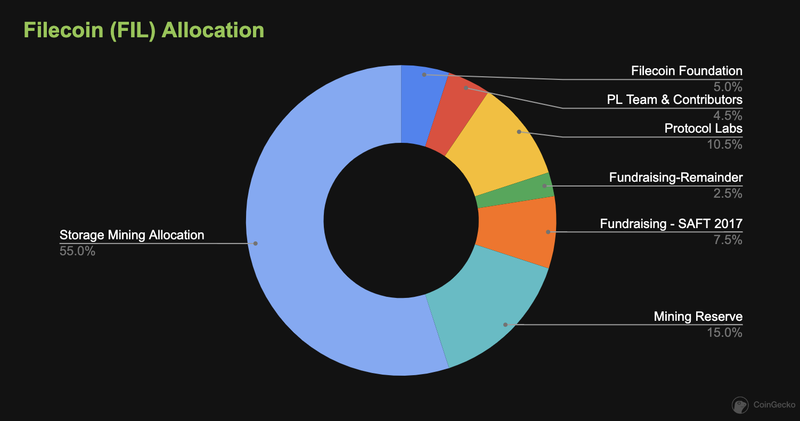
FIL, the native currency of Filecoin, plays a crucial role in incentivizing users and ensuring network operations. Its uses include storage and retrieval payments, blockchain rewards, and governance.
Uses of FIL
– Storage Payments: Users pay FIL to storage providers for storing data.
– Retrieval Payments: Users pay FIL to retrieve their stored data.
– Blockchain Rewards: FIL rewards are given to providers for validating and adding new blocks.
– Governance: FIL holders vote on proposals shaping the network’s development.
FIL Vesting
Mining rewards undergo a vesting schedule to encourage long-term alignment. FIL tokens are vested for miners, Protocol Labs teams, Filecoin Foundation, and SAFT investors over specified periods.
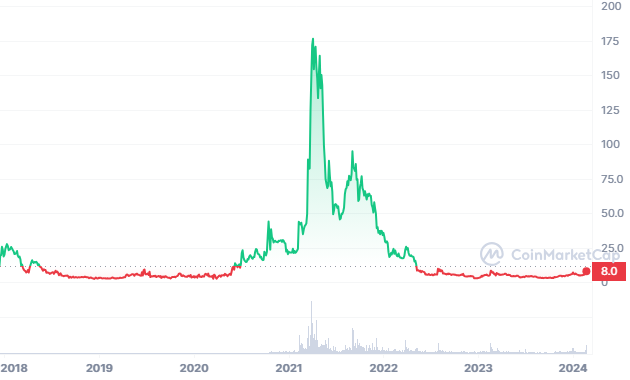
FileCoin Plus
Filecoin Plus focuses on increasing Filecoin’s effectiveness in becoming a decentralized storage network for critical information. Root key-holders, notaries, clients, and storage providers interact through the allocation and spending of DataCap, creating a mechanism that incentivizes participants to make Filecoin more useful.
How the Filecoin Network is Secured
The security of the Filecoin network is maintained through two key mechanisms: proof-of-replication and proof-of-spacetime.
With proof-of-replication, nodes in the Filecoin network, called storage miners, compete for contracts to provide storage to clients for a specific duration. When a deal is agreed upon, the storage miner holds the client’s data in a sector. The storage miner then “seals” the sector, creating a unique copy of the data.
This process, known as proof-of-replication, ensures that the storage miner is genuinely replicating and preserving the files.
With proof-of-spacetime however, retrieval miners, which are nodes in the network, compete to serve clients with data quickly. They receive FIL fees as rewards for their service, creating an incentive for nodes to replicate and maintain files.
The competition among retrieval miners enhances the overall efficiency and responsiveness of the network.
Conclusion
Filecoin aims to store data in a decentralized manner. Unlike cloud storage companies like Amazon Web Services or Cloudflare, which are prone to the problems of centralization, Filecoin leverages its decentralized nature to protect the integrity of a data’s location, making it easily retrievable and hard to censor.
With its diverse use cases, innovative blockchain structure, and native token economy, Filecoin continues to shape the future of decentralized storage in the evolving landscape of Web3 technologies.
